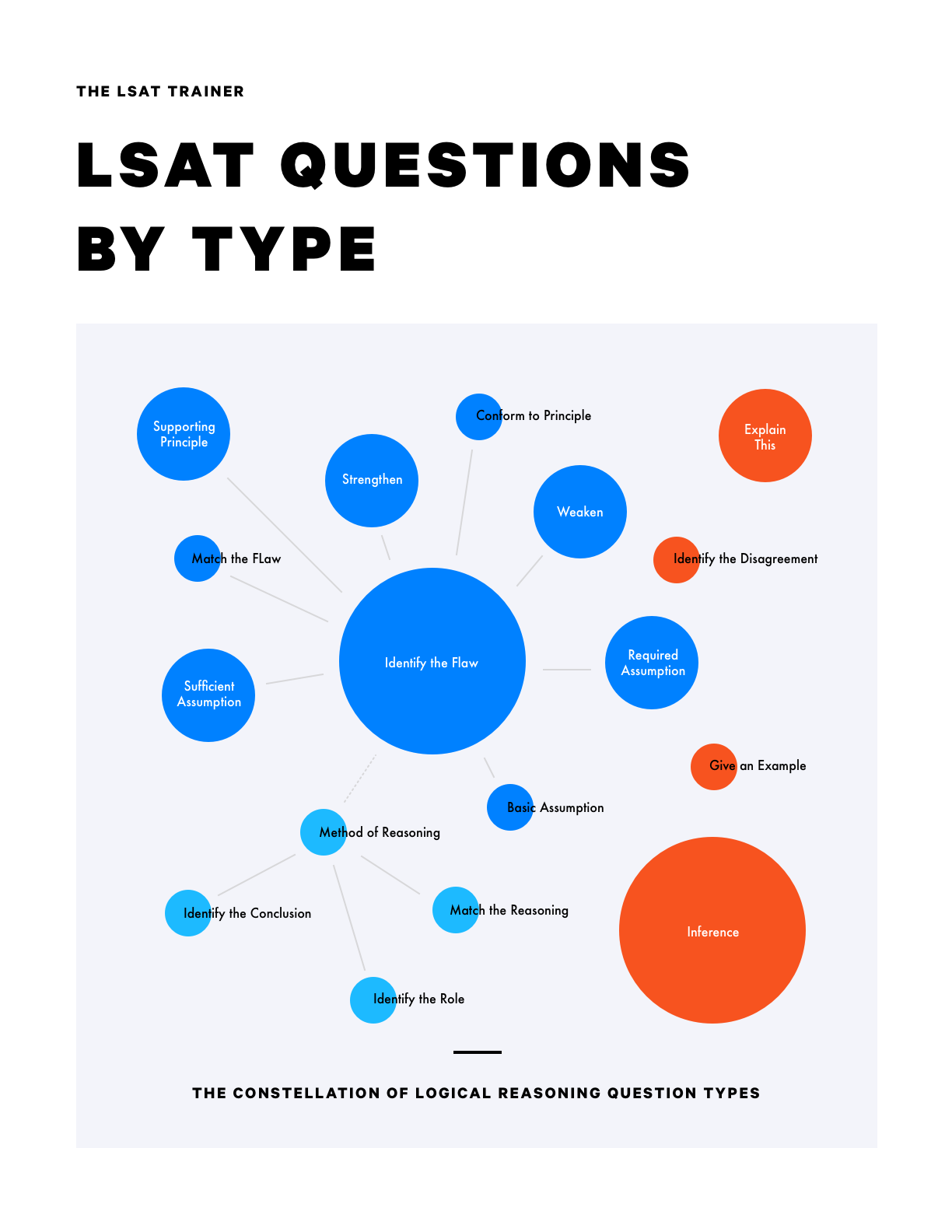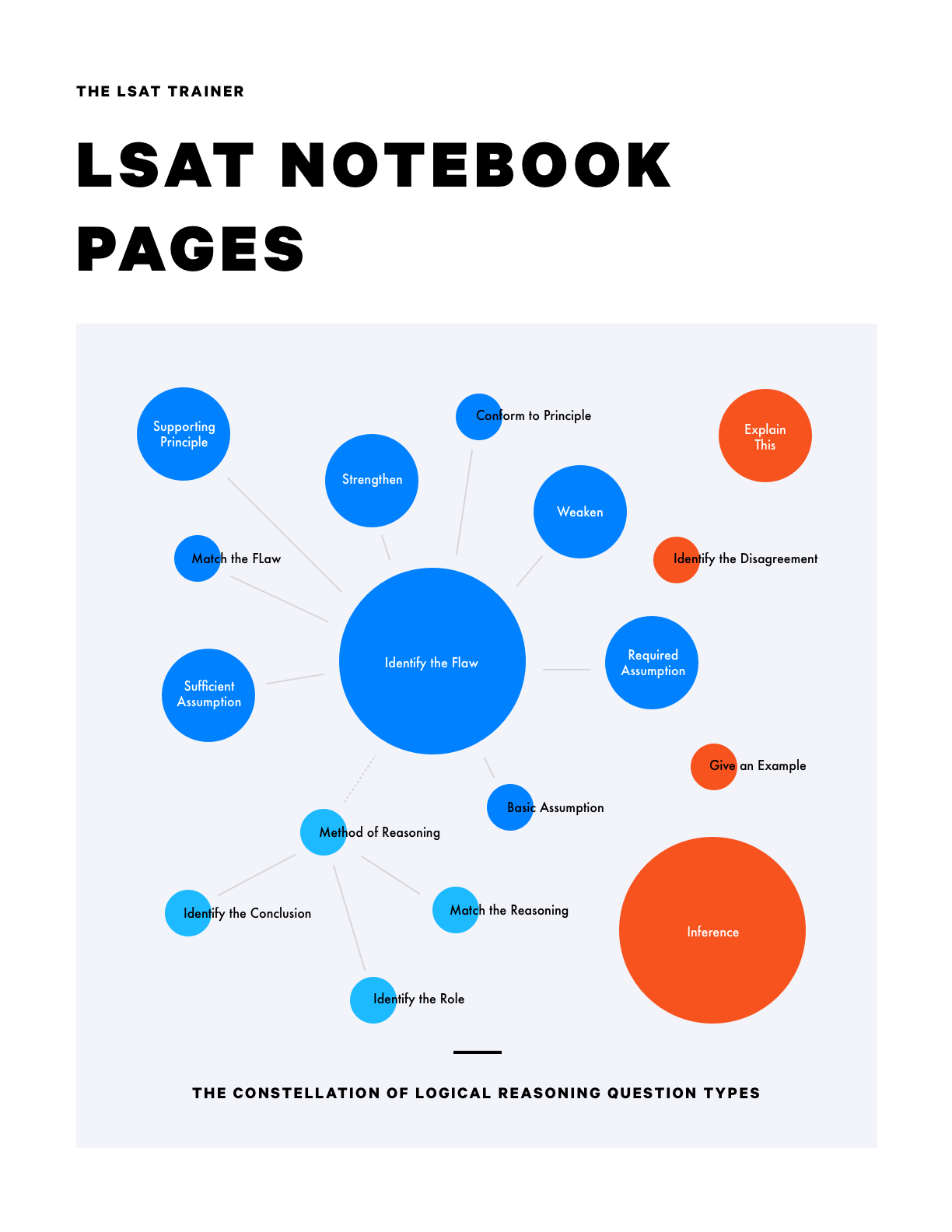Game 1
Step 1
Per the given scenario, we can write out the five elements to be placed - F, G, H, J, and K - and the subset options - r, r, r, u, and u.
Step 2
Per the second and fourth rules, we can create two frames - one in which K is first, F is second, and G is third, and another in which G is third, K is fourth, and F is fifth.
Step 3
Per the first rule we can notate that the first element in both frames is an r.
Step 4
Per the third rule, we know and can notate that in the first frame, F must thus be a u, and in the second, K and F cannot have the same subset.
Step 5
Per the fifth rule, we can notate that J must have a u subset. Since either F or K must also have a u subset, and there are only 2 u’s available, that means the remaining elements - the F or K that didn’t get u, as well as G and H, must get r as a subset, and we can notate that accordingly.
Step 6
In the first frame, we have Ju and Hr remaining for the final two positions, and we can notate that.
Step 7
In the second frame, H must go into the first position and J into the second, and we can notate that.
Game 2
Step 1
Per the given scenario, we can write out the seven elements to be placed - L, M, N, O, P, S, and T - and we can lay out the seven positions to be filled, in order.
Step 2
Per the fifth rule, we can create two frames, one in which P is first and another in which P seventh.
Step 3
Per the fourth rule, we can place M two spaces away from P in both frames.
Step 4
Per the second rule, we can notate, in the first frame, that T can’t be second, and, in the second frame, that T must be sixth.
Step 5
Per the third rule, we can notate that L and O must have exactly one element in between them.
Step 6
Per the first rule, we can notate that N must follow L.
Step 7
We can notate that S is not directly restricted by any of the given rules.
Game 3
Step 1
Per the given scenario, we can write out the six elements to be placed- R, S, T, V, W, and Z, and we can lay out the six positions to be filled, in order.
Step 2
Per the first rule, we can notate that S must be third or fourth.
Step 3
Per the second rule, we can notate that W must immediately precede Z.
Step 4
Per the third rule, we can notate that V and R cannot be next to one another.
Step 5
We can notate that T is not directly restricted by any of the given rules.
Game 4 (Option 1)
Step 1
Per the given scenario, we can write out the four elements to be placed - F, G, H, I, and the three groups for assignments - M, S, and T - with each group getting exactly two assignments.
Step 2
Per the first rule, we can notate that there must be exactly 2 I’s.
Step 3
Per the second rule, we can notate that F and H cannot be grouped together.
Step 4
Per the third rule, we can notate that if G is assigned to M, H must be assigned to T, as well as the contrapositive.
Step 5
Per the fourth rule, we can notate that G cannot be assigned to S.
Step 6
We can infer that since G cannot be assigned to S, and (per the second rule) F and H can’t be assigned together, that I (the only available element left to assign) must be assigned to S, and that either F or H will fill the other position for S.
Game 4 (Option 2)
Step 1
Per the given scenario, we can write out the four elements to be placed - F, G, H, I, and the three groups for assignments - M, S, and T - with each group getting exactly two assignments.
Step 2
Per the first rule, we can notate that we have exactly 2 I’s.
Step 3
Per the fourth rule, we can create three frames based on the possible assignment of G’s - either G can be assigned to M and not T (frame 1), T and not M (frame 2), or both M and T (frame 3). We can also notate that for all these frames we will not have G’s assigned to S.
Step 4
In frame 1, per the third rule, H must be assigned to T.
Step 5
In frame 1, per the second rule, F cannot be assigned to T. That leaves I as our only option for filling the second position in T.
Step 6
In frame 1, since G can’t be assigned to S, and (per the second rule) F and H cannot be assigned together, I (the only available element left to assign) must be assigned to S, with either F or H filling the other assignment for S.
Step 7
In frame 1, since both I’s have been utilized, either F or H must fill the final assignment in M.
Step 8
Similarly, in frame 2, since both M and S cannot have G assigned to them, and since (per the second rule) F and H cannot be assigned together, both M and S must be assigned an I (the only available element left to assign), as well as either an F or an H.
Step 9
In frame 2, once both I’s have been placed, we can infer that the final position for T must be filled by F or H.
Step 10
In frame 3, per the third rule, H must be assigned to T.
Step 11
In frame 3, per the first rule, we must fit in two I’s, and so they must be assigned to M and S.
Step 12
In frame 3, we must also assign an F, and so that must go into the final assignment for S.



